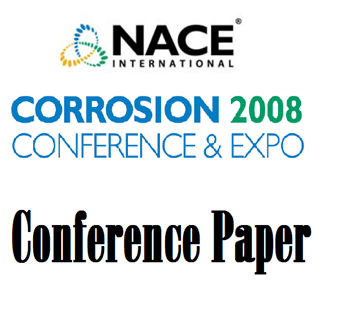Search
03447 STRESS CORROSION CRACKING BEHAVIOR OF MICROALLOYED PIPELINE STEELS EXPOSED TO PRESSURIZED SOUR GAS ENVIRONMENTS
Also Purchased
10300 Effect of CO2 on Near-Neutral Ph Stress Corrosion Cracking Initiation of Pipeline Steel
Product Number:
51300-10300-SG
ISBN:
10300 2010 CP
Publication Date:
2010
$20.00
08265 Modeling of Carbonate-Bicarbonate Stress Corrosion Cracking of Pipeline Steels
Product Number:
51300-08265-SG
ISBN:
08265 2008 CP
Publication Date:
2008
$20.00
08481 Potential Effect Over the Stress Corrosion Cracking Behavior of a X70 Microalloyed Pipeline Steel in Diluted NaHCO3 Solutions
Product Number:
51300-08481-SG
ISBN:
08481 2008 CP
Publication Date:
2008
$20.00




